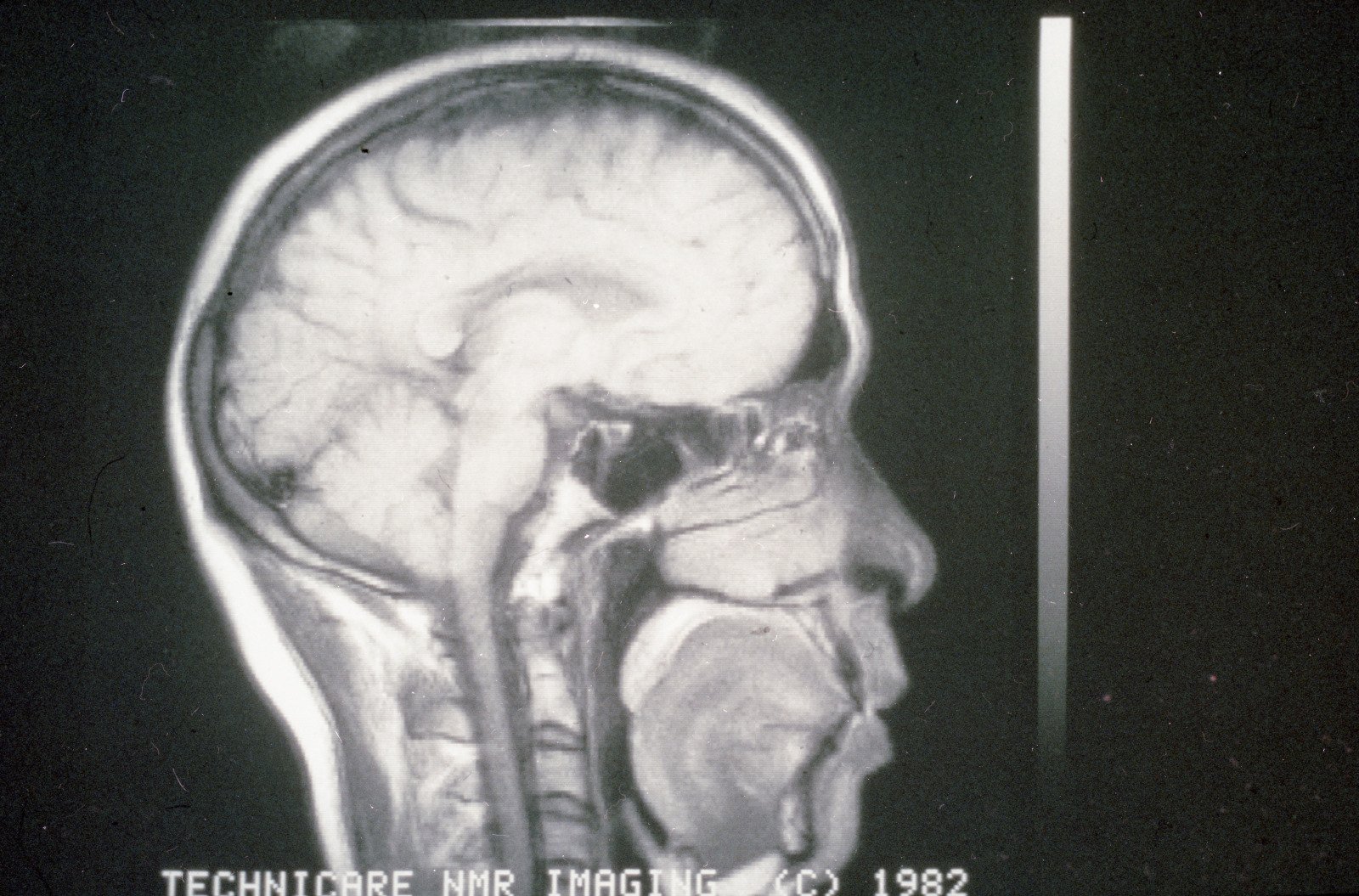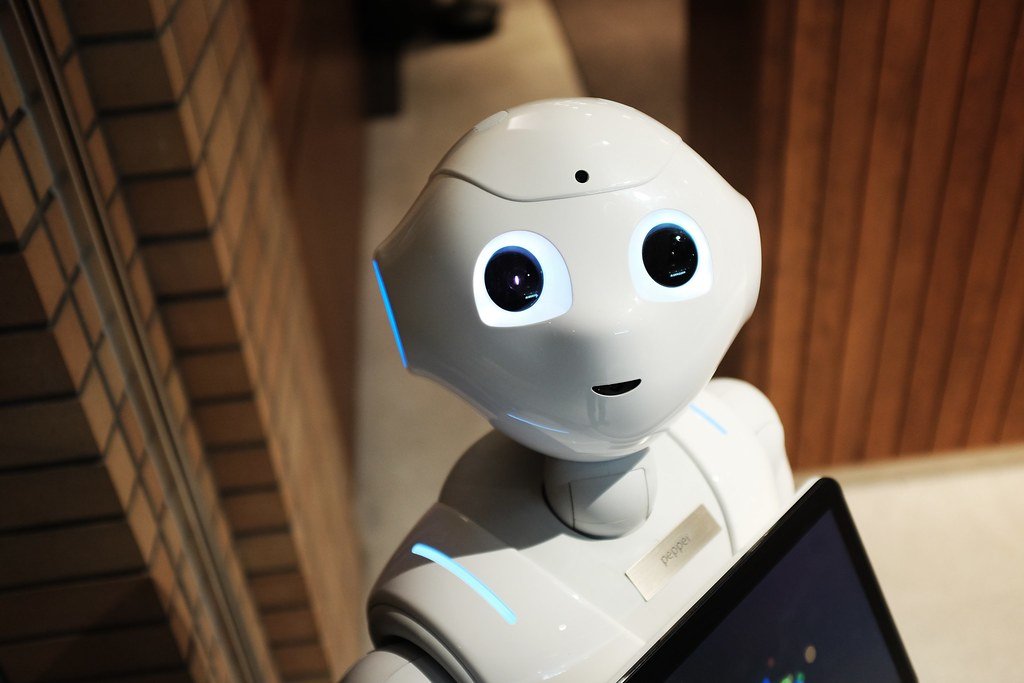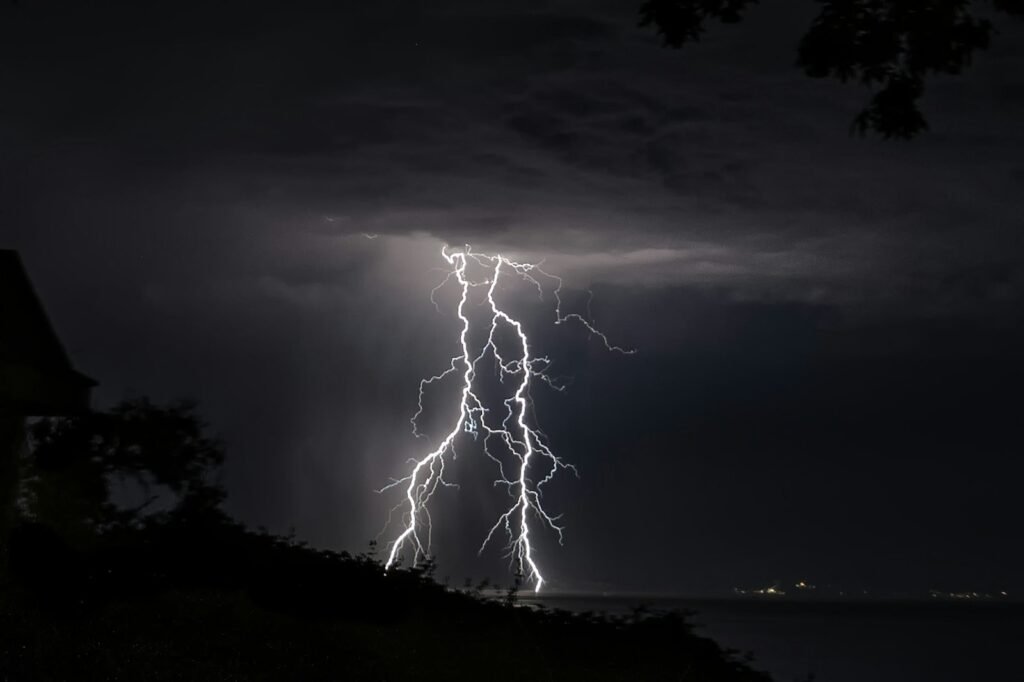Have you ever wondered what it feels like when an idea flips the world upside down? Imagine waking up one day to realize that everything you thought you knew about nature, technology, or even your own body just changed—forever. That’s what scientific breakthroughs do. They’re lightning bolts in human history, rewriting the rules and opening doors to the impossible. From the whispers of DNA to the roar of rocket engines, these discoveries aren’t just for scientists in white coats; they’re for every dreamer, rebel, and curious soul who wonders, “What if?” Get ready to dive into a whirlwind tour of mind-blowing moments where science shattered limits, sparked revolutions, and changed the world for all of us—especially for young minds hungry to make their own mark.
The Secret Code of Life: DNA’s Double Helix

It’s hard to imagine a time when we didn’t know the blueprints of life. In 1953, James Watson and Francis Crick, with a crucial push from Rosalind Franklin’s X-ray images, revealed the double helix structure of DNA. This wasn’t just a scientific achievement—it was a revelation. Suddenly, the tangled mystery of heredity made sense. DNA became the code that connects us to every living thing, from sunflowers to whales. Today, understanding DNA fuels everything from ancestry tests to gene therapy, and it’s why you can find out if you’re more Neanderthal than you thought!
Gravity’s Apple: Newton’s Laws Set the World in Motion

Picture a young Isaac Newton sitting under an apple tree, when suddenly—thud! That falling apple inspired Newton’s laws of motion and gravity, forever changing how we see the universe. Newton’s equations showed that the same force making apples fall also held the moon in orbit. This breakthrough didn’t just launch physics as a science; it made rockets, roller coasters, and even skateboards possible. Every time you toss a basketball or ride a bike, you’re feeling the power of Newton’s rules.
Electric Dreams: Harnessing the Power of Electricity

For centuries, lightning was just a terrifying flash in the sky. But scientists like Benjamin Franklin, Michael Faraday, and Nikola Tesla turned that mystery into electricity—a force that would spark the modern world. Imagine a world before light bulbs, smartphones, or video games. Electricity’s discovery was like turning on the universe’s light switch. Today, it powers everything from streaming your favorite music to the heartbeats of life-saving medical devices.
The Theory That Bent Reality: Einstein’s Relativity

When Albert Einstein published his theory of relativity in the early 20th century, the world was stunned. Suddenly, space and time weren’t fixed—they could stretch and warp, like a rubber sheet under a bowling ball. This wild idea explained why GPS satellites need to adjust their clocks and why black holes exist. Einstein’s work didn’t just challenge our imagination; it changed how we navigate, communicate, and dream about the universe.
Splitting the Atom: Unlocking Nuclear Power

The discovery that atoms could be split unleashed a force more powerful than anyone had ever imagined. In the 1940s, scientists broke apart uranium atoms, releasing energy that powered both terrible weapons and miraculous energy sources. Nuclear power lights up cities and can drive submarines beneath the ocean. But it also raised huge questions about safety and ethics—reminding us that every breakthrough comes with responsibility.
From Microbes to Medicine: The Birth of Antibiotics

Before antibiotics, a simple cut could mean a death sentence. Everything changed in 1928 when Alexander Fleming noticed a mold killing bacteria in his lab—penicillin was born. This discovery turned medicine on its head, saving millions of lives from infections. Today, antibiotics are a cornerstone of modern healthcare, and they remind us how tiny things can make a giant difference.
Decoding the Cosmos: Hubble’s Expanding Universe

In the 1920s, astronomer Edwin Hubble peered through his telescope and saw something astonishing—the universe was expanding. This shattered the old idea that the cosmos was static and eternal. Suddenly, the universe had a history, a beginning, and possibly an end. Hubble’s discovery set the stage for the Big Bang theory and opened the door for exploring how everything began.
Mapping the Human Mind: The Brain’s Mysteries Unlocked

For centuries, the brain was a black box—mysterious and misunderstood. But breakthroughs in neuroscience have lit up its pathways, revealing how thoughts, memories, and emotions work. Modern imaging technology lets us watch the brain in action, from solving puzzles to falling in love. Understanding the brain is helping us treat mental illness, build smarter AI, and even control computers with our thoughts. The mind’s secrets are finally coming into the light.
The Internet Revolution: Connecting the World

Remember a time before the internet? For young adults, it’s hard to imagine. The invention of the World Wide Web in 1989 by Tim Berners-Lee transformed information, friendship, and culture. Suddenly, anyone could share ideas, learn new skills, and meet people from across the globe with a click. The internet has rewritten the rules of communication, business, and even activism, making the world both bigger and smaller at the same time.
CRISPR: Editing Life’s Blueprint

Imagine being able to rewrite the recipe of life itself. With the discovery of CRISPR gene editing, scientists gained the ability to snip, add, or change DNA with incredible precision. This breakthrough promises to cure genetic diseases, engineer super-crops, and even revive extinct species. But it also raises big questions about ethics and responsibility. CRISPR is proof that today’s science fiction can become tomorrow’s reality.
Vaccines: Shields Against Invisible Enemies

The idea of training our bodies to fight disease was revolutionary. Vaccines transformed deadly plagues into manageable threats. From Edward Jenner’s smallpox vaccine to today’s mRNA COVID-19 vaccines, this branch of science has saved millions of lives. The recent pandemic showed the world just how powerful, and sometimes controversial, vaccines can be. They’re not just shots—they’re shields forged by knowledge.
Living Machines: Robotics and Artificial Intelligence

Robots once belonged to the realm of sci-fi, but now they’re building cars, performing surgery, and vacuuming our floors. Artificial intelligence is even more jaw-dropping. AI can recognize faces, compose music, and beat humans at chess and video games. This technology is changing how we work, learn, and even play. But it also makes us wonder—what does it mean to be human in a world of thinking machines?
Climate Science: Reading the Earth’s Diary

Climate science has revealed a startling truth: humans are changing the planet. From melting glaciers to rising sea levels, the evidence is everywhere. Scientists measure carbon footprints, track weather patterns, and model future climates. Their discoveries have sparked global movements and heated debates about our responsibility to the Earth. The story of climate science is still being written, and young voices are shaping its next chapter.
The Language of Computers: The Digital Code

The invention of computer programming languages was like creating a new way for humans to talk to machines. Early pioneers like Ada Lovelace and Alan Turing imagined computers that could solve problems, play music, and even learn. Today’s apps, games, and social media platforms all exist because someone wrote the digital code behind them. Learning to code is like having a superpower—it lets you build the future.
The Secrets of Photosynthesis: Nature’s Solar Power

Plants are quiet geniuses. For billions of years, they’ve turned sunlight into food through photosynthesis—nature’s original solar panel. Scientists unlocking this secret have inspired new ways to create clean energy and even grow food in space. Photosynthesis reminds us that sometimes, the most world-changing ideas come from just watching how nature works.
Space Exploration: Reaching Beyond Earth

When humans first set foot on the moon, it was more than a giant leap—it was a message that nothing is out of reach. Space missions have sent robots to Mars, snapped photos of distant galaxies, and searched for life beyond our world. Each discovery, from Saturn’s rings to black holes, redraws our cosmic map. The universe is vast, but exploration brings it closer to home.
The Power of Evolution: Darwin’s Dangerous Idea

Charles Darwin’s theory of evolution was controversial and shocking in its day. He proposed that all life shares a common ancestry and that species change over time through natural selection. This idea challenged beliefs, but it also united biology under a single, elegant explanation. Evolution is now the backbone of medicine, ecology, and genetics, showing us how connected all living things really are.
Quantum Mechanics: The Weirdest Science

Quantum mechanics is like the universe’s secret menu—full of strange and mind-bending rules. In the tiny world of atoms and particles, things can be in two places at once, teleport across space, and act more like waves than objects. This field has led to inventions like lasers, MRI scanners, and even computers that could someday crack any code. Quantum physics reminds us that reality is far stranger than fiction.
Renewable Energy: Powering a Greener Future

As fossil fuels run low and the planet heats up, scientists are racing to harvest energy from the sun, wind, and water. Solar panels, wind turbines, and hydroelectric dams are showing that clean power isn’t just possible—it’s practical. These breakthroughs are giving young people hope for a future where we don’t just survive, but thrive alongside nature.
Unraveling the Microbiome: The Invisible Helpers

Inside your body lives a teeming world of bacteria, viruses, and fungi—the microbiome. Scientists are discovering that these tiny creatures help digest food, fight disease, and even influence your mood. Learning to care for our microbiome could transform everything from medicine to mental health. It’s a reminder that sometimes, the smallest things have the biggest impact.
The Dawn of Synthetic Biology: Building Life from Scratch

Imagine designing new organisms to solve humanity’s biggest problems. Synthetic biology lets scientists reprogram life itself, creating bacteria that clean up oil spills or yeast that produce lifesaving drugs. This frontier is blurring the line between living and non-living, with possibilities limited only by our imagination. Synthetic biology is turning science into art—and every young person can be an artist in this new world.
These breakthroughs are more than just history—they’re invitations. Every law rewritten, every secret unlocked, is a challenge for the next generation to ask bold questions, dream bigger, and shape the future. Where will your curiosity take you next?




